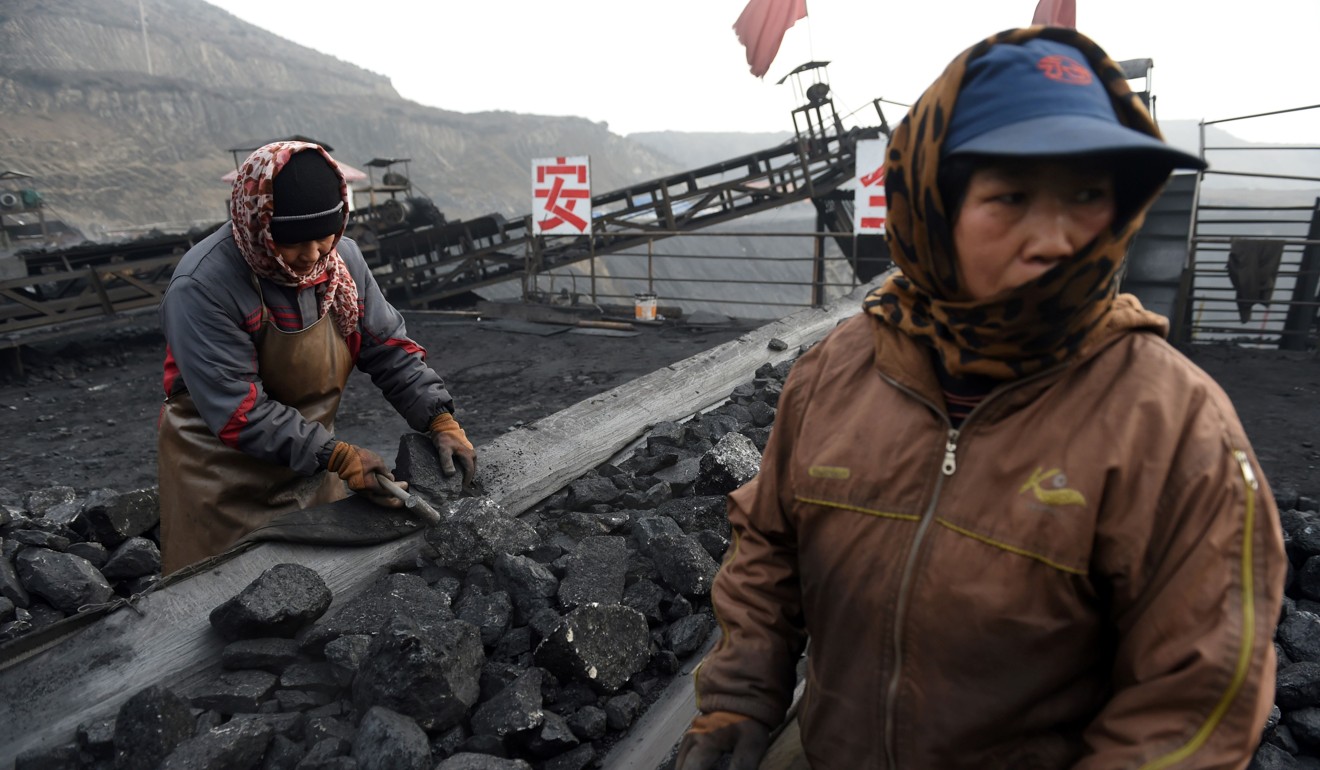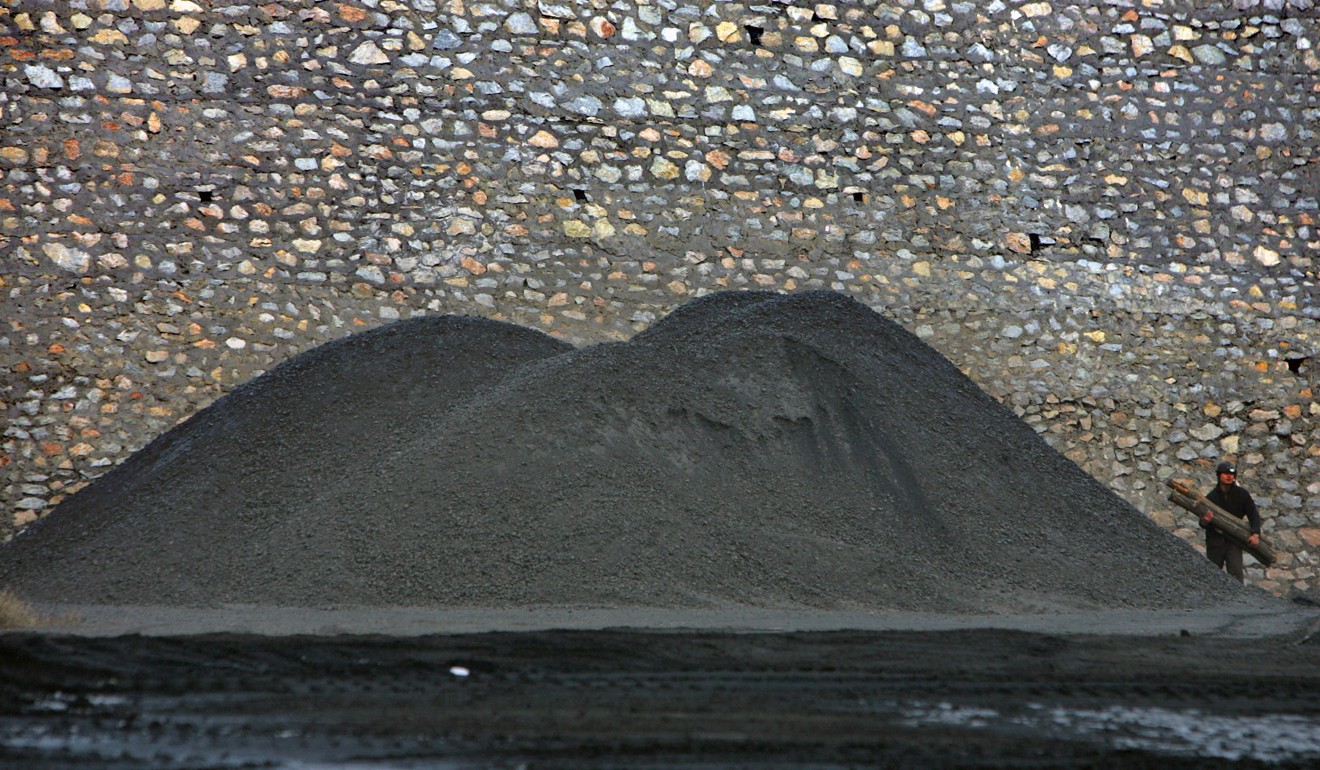
Will China’s carbon trading scheme work without an emissions cap?
Beijing’s trading scheme will not include a cap on emissions – allowing total amounts to rise even if power producers become more efficient
China is the world’s biggest carbon emitter and even though the scheme will be limited to the power industry, it will still be the biggest on the planet – several times bigger than California’s and 1½ times the size of the European Union’s scheme.

Government sources with knowledge of the plan have since said there will be no hard cap on the total credits for the sector – although there are signs that the ceiling will be lowered over time.
Instead, each power company will be allocated credits according to how much electricity it produces. If a company produces more, it gets more credits.
Climate experts say this a more conservative approach meant to cushion the sector and the economy from carbon market shock.
They expect credits to be abundant in the early phase of the market, with a high risk that too many may be given out.
China faces big obstacles to effective carbon trading market – with or without Trump
In the original plan, the trading scheme was to cover eight heavy industry sectors. The decision to restrict it to the power sector now means the scheme will cover less than a third of the country’s emissions.
Still, that will add up to more than 3 billion tonnes of carbon, surpassing the EU’s 2 billion tonnes.

Zhang Xiliang, a Tsinghua University professor helping draft the allocation plans for the market, said that instead of an absolute cap on emissions determined at the start of each year, the total would be tallied up at the end of the year, depending on the company’s actual production and their energy efficiency.
“The higher the output, the more permits; the lower the output, the fewer the permits,” he said.
Climate change from human activities is all around us
Zhang said a benchmark would be set for each kind of power generator, with more carbon efficient producers getting more credits that they can trade to less efficient companies with fewer permits.
“It has been confirmed that the power sector will use this method, but the plan has yet to be released formally,” Zhang said.
The EU and California markets use similar benchmarking systems but they differ from the Chinese plan in one major respect – there is a cap on the total amount of emissions.
A hard cap on emissions is often seen as a necessary precondition for a market to function. Only when the supply of carbon emission rights is limited, can they have a value.

Even with a cap, the EU system has run into trouble because too many credits were issued to polluters amid a sharp drop in demand, resulting in low prices.
Zhang said China had learned from the European carbon market’s stumbles and the benchmarks would be adjusted to make the industry more efficient and gradually cut its emissions.
Zhang Junjie, director of the Environmental Research Centre at Duke Kunshan University, who studies the carbon market, said the government wanted to leave some room for emissions to grow.
China has promised that its carbon dioxide emissions will peak by 2030, which means emissions will continue to increase before that
“China has promised that its carbon dioxide emissions will peak by 2030, which means emissions will continue to increase before that,” he said.
Another important function of the carbon market is to move energy consumption towards cleaner sources.
But Zhang Junjie said this was unlikely to happen in China because different benchmarks would be set up within the power industry, depending on the size of the producer and type of fuel used.
Under this mechanism, power plants burning natural gas – considered a cleaner fuel – would compete only against other natural gas-fired plants. Similarly, coal-burning plants – users of a comparatively dirty fuel – would compete only against other coal-fired plants.
“The focus will be on improving efficiency of existing plants, rather than improving the energy structure by replacing coal with gas or other cleaner energy sources,” Zhang Junjie said.
Although setting a universal benchmark would be more effective, it would put huge pressure on low efficiency power plants.
“The government does not want to see the carbon market spurring too big a shock on the industry. The key concern is the influence on the economy and the competitiveness of industries,” Zhang Junjie said.

